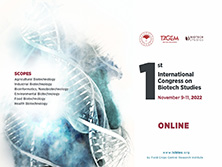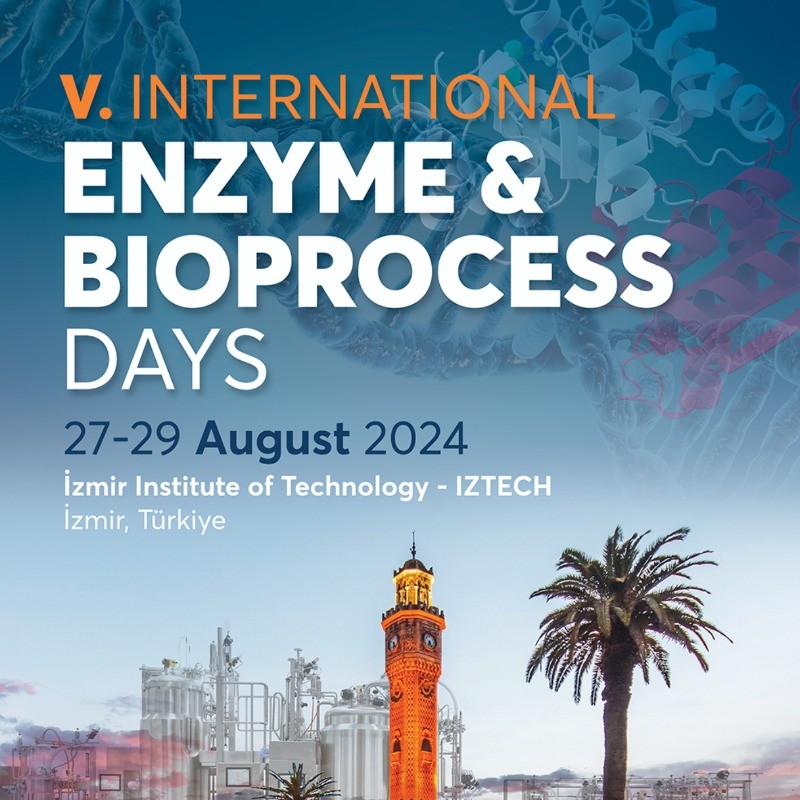Biotech Studies
2020, Vol 29, Num, 1 (Pages: 038-046)
Genetic diversity analysis of some species in Brassicaceae family with ISSR markers
2 Department of Breeding and Genetics, Field Crops Central Research Institute, Republic of Turkey Ministry of Agriculture and Forestry, 06170 Yenimahalle, Ankara, Turkey DOI : 10.38042/biost.2020.29.01.05 - Brassicaceae is one of the biggest family which have thousands of species all around the world. In order to use wild mustard in a breeding process, their genetic kinship levels must be defined. Inter simple sequence repeats (ISSRs) are one of the common markers to evaluate genetic diversity. Here, 28 mustard genotypes representing four taxa, 17 of Brassica juncea, 2 of B. nigra, 2 of B. rapa, and 7 of B. arvensis, were investigated with seven ISSR primers. Totally, 160 bands were scored out of which 88.75% showed polymorphism. The polymorphism information content (PIC) varied from 0.25 to 0.40. The average heterozygosity (Hav), multiplex ratio (MR), marker index (MI), and resolving power (Rp) were calculated as 0.33, 9.07, 2.99, and 8.29, respectively. STRUCTURE (v. 2.3.4) analysis unraveled two subpopulations (K=2). The dendrogram, constructed based on Jaccard similarity coefficient using the Unweighted Pair Group Average (UPGMA), in which, the first branch consisted of B. juncea, B. nigra and B. rapa, and the second branch consisted of B. arvensis, supported the results of STRUCTURE analysis. Additionally, principal component analysis (PCA) analysis supported the dendrogram and clearly separated the four taxa. This study showed that ISSRs would be useful to determine the genetic diversity in the Brassicaceae family. Keywords : Brassica cultivars Molecular markers Genetic diversity STRUCTURE

















